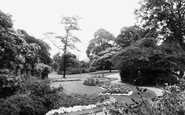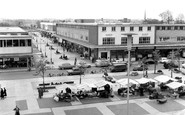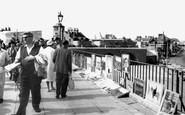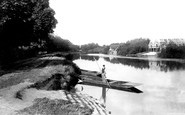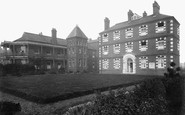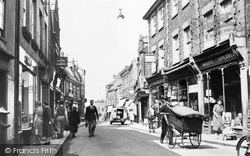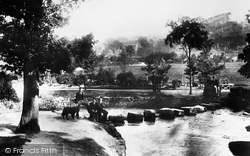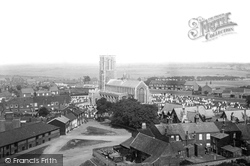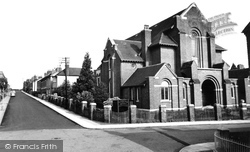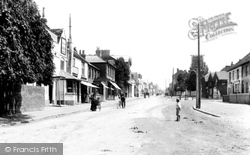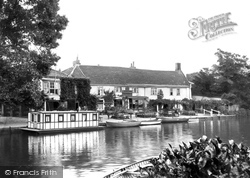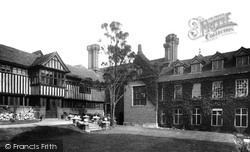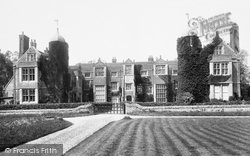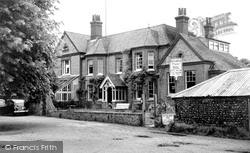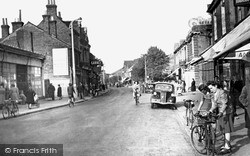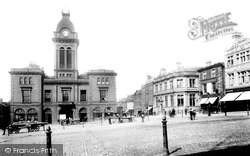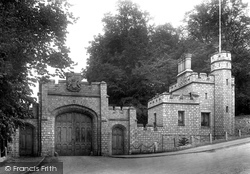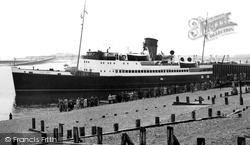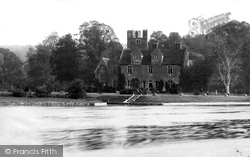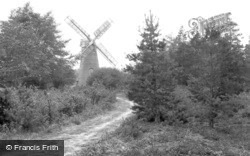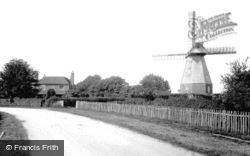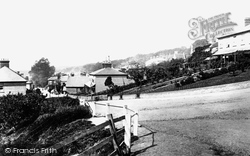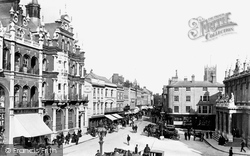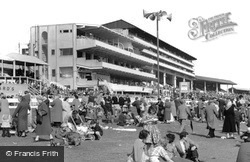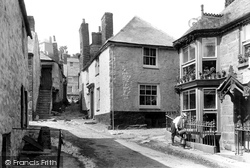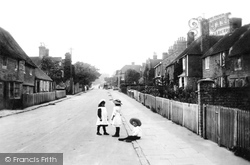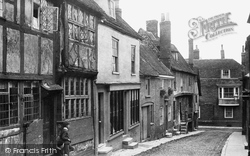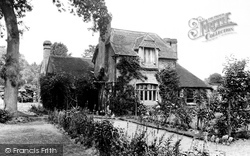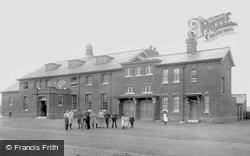Places
Sorry, no places were found that related to your search.
Photos
Sorry, no photos were found that related to your search.
Maps
Sorry, no maps were found that related to your search.
Books
Sorry, no books were found that related to your search.
Memories
655 memories found. Showing results 61 to 70.
Tondu Primary School
I am not quite sure of the date I moved to Tondu Primary School from Laleston Juniors near Bridgend after moving to Sarn, however, I think it was around 1955. The headmaster was a Mr Richards who I understand was renowned for ...Read more
A memory of Tondu in 1955 by
Childhood Memories South Park 1960s Approx
I like to remember my childhood in Darlington where I grew up until I moved to Whitley Bay. We used to spend lots of time in the South Park, on the swings, around the rose garden and of course the ...Read more
A memory of Darlington in 1960 by
Newtonheath Loco Football Ccub
I remember sneaking into the match by going past the lodging house on Warden Lane and going by the railwayside and through a hole in the fence that the railway men had made so that they could ...Read more
A memory of Newton in 1950 by
Mendleson Wrote His Spring Song In The House.
With Denmark Hill and about level with the Old Henly's garage behind you was a house within the ruins with a metal sign. It stated that during his stay here, Mendleson wrote his 'Spring Song' here. ...Read more
A memory of Camberwell by
Harlow Market
This was the year we moved to Harlow from Tottenham. The market was much nicer then than it has been since, especially since the council put up those awful permanent stalls. At the corner of the market nearest the clock on the wall ...Read more
A memory of Harlow in 1960 by
Reminiscences Of Portsmouth In The Late 1930s
I was born in Portsmouth in 1933. My family and I lived first in Lyndhurst Road - about which I don't recall too much - then later in Merrivale Road. I remember very clearly where Merrivale joined ...Read more
A memory of Portsmouth by
The Happy Days
To Mary Muir, I remember you very well. Those were the days. I started school then in February aged 4 and a half years old. I remember all my teachers. I wonder if these names ring a bell, Miss Todd, Miss Taylor, Miss Cuthbert, ...Read more
A memory of Lumphinnans in 1957 by
Wraysbury School.
I went to Wraysbury School and one day came late. Everyone was gathered in the canteen for morning assembly, and when I got there, everyone clapped and I was pushed up to receive a large brown envelope. Going back to my place, I ...Read more
A memory of Wraysbury in 1947 by
Hopedene Mother And Baby Home
Hi I am trying to contact any mothers that were in Hopedene, Elswick, in the 1950s and 1960s...what was it like? Did you have any choice regarding having your baby adopted if you wern't married? My mother ...Read more
A memory of Elswick in 1959 by
Oldchurch Hospital 1956 57
I have such memories as a 17 year old of working in the 'Admins Office' in Oldchurch Hospital. I think I just walked in one day, got an interview and started on the Monday - no job centres or CVs needed then. The boss ...Read more
A memory of Romford by
Captions
405 captions found. Showing results 145 to 168.
Looking west along the High Street, we see buildings which are characteristic of North Norfolk: flints set in mortar, with brick facings.
This park was laid out for the benefit of working people to give them a break from the dust and grime of industrial Sheffield.
While many houses burned down in the fire of 1659, the 15th century church of St. Edmund survived because the churchyard served as a fire break.
The brick-built Congregational church on the corner of Union Street and King Street was opened in 1912 and still flourishes, now as the United Reformed Church.
Some time during the second half of the 19th century, Bracknell became a town, helped by the coming of the railway in 1856 and the development of market gardening and brick-making.
The Rush Cutters has a late 16th-century core, evident in the octagonal brick chimneys on the right and the massive stack behind the left hip. The houseboat is a real period piece.
This splendid red-brick Tudor house was once Chillington Manor, home of the Wyatts; one of the family, Sir Thomas the younger, led the rebellion against Queen Mary's marriage to Philip of
The red-brick Tudor manor house of Kentwell Hall stands at the northern end of Long Melford. Today it is best known for the striking Tudor Rose brickwork maze set into the courtyard.
This hotel near the sea front has brick walls with flint gables and garden walling. The tall chimney pots are all the same size. A flint walled outbuilding has a corrugated steel roof.
This bustling fifties shopping scene, with a substantial and surprising number of bicycles in evidence, shows the prominent red-brick Post Office on the left standing out against its rather dingy neighbouring
The Italianate, red brick Market Hall with its imposing clock tower was built in 1857, and still forms the centrepiece of the town's lively regular outdoor market.
Wyatt clad the brick house in the local hard granite- like Denner Hill Stone and gothicised the house with turrets and battlements.
The first 'King Orry' paddle steamer was built in 1842 by shipbuilders Aitken & Napier and sold in 1858. 'King Orry II', built by R Duncan & Company, was launched in 1871.
This splendid photograph shows Bisham Abbey overlooking a scenic stretch of the Thames.
Hurt Wood Mill is a small brick tower mill with four patent sails and a fantail. It is located on a remote hilltop surrounded by woodland. The mill has now been converted into a private house.
This is a Kentish white weatherboarded smock mill with a two-storey octagonal brick base, powered by four eliptic spring sails and winded by a fantail. It has now gone, and the site is built over.
Essex lacks natural rock so skills in the use of wood and brick-making have been well developed over the centuries.Attractive wrought iron fencing surrounds the long gardens on the right.
On the left is the red brick and stone Lloyds Bank building, with its fretted skyline, while to the right is the neo-classical Post Office, built in 1881.
Loyal enthusiasm reached a peak with Queen Elizabeth II's arrival at the Derby, but spectators' loyalties were divided between the two horses that fought out the finish.
Here we see a corner in the old part of the fishing village, with a Victorian granite house added on the right. Flower pots are all around the upper bay window ledge.
Three small children play on the long village street leading up the hill to the church, lined with well-kept red-brick and timbered cottages and neat gardens, and with the Swan public house halfway along
Thomas House, the timber-framed building on the left, has been well restored, while the corner house was replaced in 1920 by a brick and tile-hung Neo-Georgian Lloyds Bank, a most attractive building fronting
The spire, a timber one added in 1702, was replaced by the present low tiled pyramid in 1924, for the visual benefit of the church.
Here we see the brick-built army buildings of this military settlement in Surrey's army quarter on the high heathlands of the north west of the county.
Places (0)
Photos (0)
Memories (655)
Books (0)
Maps (0)

